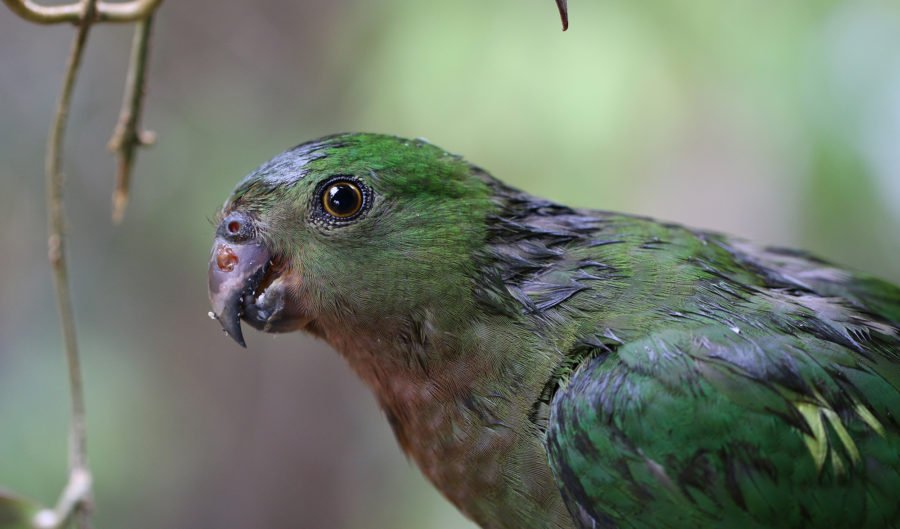How you can help wildlife during floods

As New South Wales experiences record-breaking floods, the state’s animals are under pressure once again. “This time last year, we were still dealing with the aftermath of the bushfires and this year it’s floods,” says wildlife rescue Lynleigh Greig who coordinates the Sydney Wildlife Mobile Care Unit. “They’re really going through it.”
Photographs of soaking wet and confused possums, birds and reptiles have been shared across social media as the floods inundate hollows and local waterways, prompting wildlife rescuers to call for compassion during this time.
“These animals have been made temporarily homeless by the floods, so rather than making it more difficult for these displaced animals, just allow them some respite under a verandah or undercover decking area.”
Generally, Australian animals are good at dealing with floods, but there are still ways you can offer a hand.
Homes are being flooded in the current deluge and we’re not just talking about human habitations. A number of possums…
Posted by Sydney Wildlife Mobile Care Unit on Sunday, 21 March 2021
Birds and possums
According to the Sydney Wildlife Mobile Care Unit, possums and birds have been the most affected.
“Should a waterlogged possum or bird wander into your home, the quickest way to contain them safely while you call for advice is to gently place an empty washing basket upside-down over the animal and cover the basket with a towel or sheet to reduce stress.”
Snakes
If a reptile enters your home, such as a snake or monitor, call your local wildlife service immediately.
“If a reptile enters your home, close the door to the room it is in and call your local wildlife rescue organisation for advice. Try to keep a visual on the animal to avoid a two-hour search when the rescuer arrives.”
Venomous snakes are also looking for shelter so a local snake catcher can assist with rescues.
Snakes and bats should never be handled by anyone other than trained rescuers.
Turtles
Wildlife rescuers also warn that freshwater turtles swept away by the floods should not be accidentally placed into the ocean.
“Freshwater turtles can be sucked down stormwater drains and end up on beaches. Should you find one, please contain the turtle and take a photo for identification before trying to relocate it.
“Freshwater turtles cannot tolerate salt water. Many well-meaning members of the public have put freshwater turtles in the sea and this is detrimental to their survival.
Freshwater turtles have webbed claws and can’t retract their heads and legs into their shells.
Spiders
You may have seen a lot more spiders around as the floods force them to emerge from their underground homes, but as soon as the floods dissipate, they’ll quickly disperse.
“In spring and summer it’s peak spider time. Many will die off in the winter, or survive as egg sacks. If you get floods in summer you’ll see lots of spiders,” arachnologist Lizzy Lowe told the Guardian Australia.
“These are native species trying to do their thing, trying to survive. The last thing that you want to do is get out the insecticide spray.”
For more information on taking care of wildlife during flood, read the Foundation for National Parks & Wildlife’s Wildlife Emergency Response booklet.
For assistance, you can contact:
Sydney Wildlife Rescue
9413 4300 (24hrs)
Australian Seabird Rescue
0438 862 676
Taronga Wildlife Hospital
9978 4785
WIRES
1300 094 737

